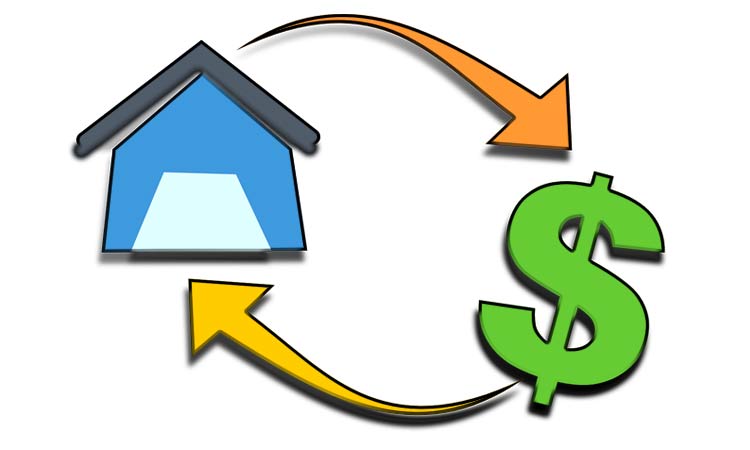A few decades back, most salaried people would save up money throughout their working lives and then buy a home; however, the scenario has changed dramatically since then. Nowadays, it is a popular practice for people to buy a home very early in their working lives so that they do not waste their hard earned money on rent. This has, of course, been facilitated by banks and a large number of finance companies making home loans easily available. However, the process of getting a home loan sanctioned can be pretty confusing to most people, as they neither understand the terms used in the business nor the various things that can affect the success of their applications. Some concepts and clarifications:
Types of Home Loans
While most people would have heard of the vanilla home loans that are simple cash advances to enable you to buy a built-up property, there are also a number of other types of loans. These include loans for home extension or improvement, loans to buy land, loans against property as well as bridge loans for the short-term.
Who Can Apply For a Home Loan?
Both resident Indians, as well as NRIs, can apply for home loans from Indian banks and financial institutions, including non-banking financial companies. It is not necessary for the loan application to be made only after a property has been selected; you can apply for a home loan even before you zero into the property of your dreams. The actual disbursement, of course, is made when the home is actually bought, subject to fulfillment of all the housing loan requirements.
What Can Be the Loan Amount?
Lenders do not ever extend a loan for the full amount of the property value. It is expected that the buyer will make a down payment of at least 15-20% of the value of the property. The loan amount is also subject to numerous other criteria such as the income and credit profile of the applicant. Since banks are extremely concerned about your repayment capability, usually the loans are limited to amounts for which the monthly EMIs are a maximum of one-third of the monthly income.
The term EMI is an acronym of Equated Monthly Installment, which is basically the amount you are required to pay back to the bank every month till the loan is extinguished. The EMI has two components; the principal and the interest. Even though the interest is calculated on the reducing balance, the repayment is structured in such a way so as to keep the EMIs the same throughout the loan tenure. Some lenders can offer a repayment schedule where the EMIs can balloon after the certain period to take advantage of the rise in your income level. The EMIs can be paid in a number of ways but usually, banks prefer to get the amounts deducted from a bank account with them or any other bank.
What Does the Loan Approval Depend On?
The most important factors considered by the lender for sanctioning the loan are the income of the applicant and the co-applicants, the value of the property and other securities that can be offered by the applicant as collateral, and the credit profile of the applicant. The banks also take into account the applicant’s age, the number of years to retirement, the nature of his employment or business, the standing of his employer, etc. Applicants are required to submit documents pertaining to their income and taxes paid, as well as that of the property, and the copy of the sale agreement, receipts of money paid to the seller, and they will need to be duly verified by the bank.
What Are the Different Charges Applicable To Home Loans?
While the interest is obviously the most important cost component of the loan, applicants may need to pay a number of other charges, if applicable. These include processing fees, usually non-refundable, administrative fees, legal charges, technical charges as well as the stamp duty and registration charges that differ from state to state. Additional charges and fees come into play if the check bounces or if there is a delay in making the monthly payment. The lender may also require the applicant to take out an insurance policy. If the loan is repaid before schedule from the applicant’s own resources, there will be no charge but if the loan is taken over by another company, there will usually be a prepayment charge imposed.
Conclusion
Before actually applying to a lender, it is a good idea to study all the terms and conditions, as well as eligibility criteria. Whenever there is any doubt, applicants should ask the lender or its agent all the questions till they are absolutely satisfied.


Be the first to comment on "A Layman’s Guide to Home Loans"